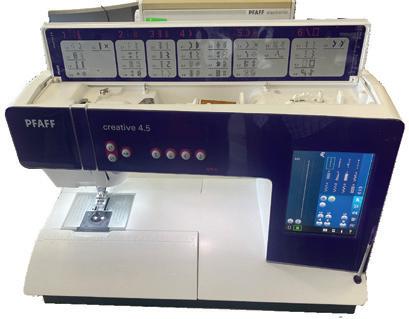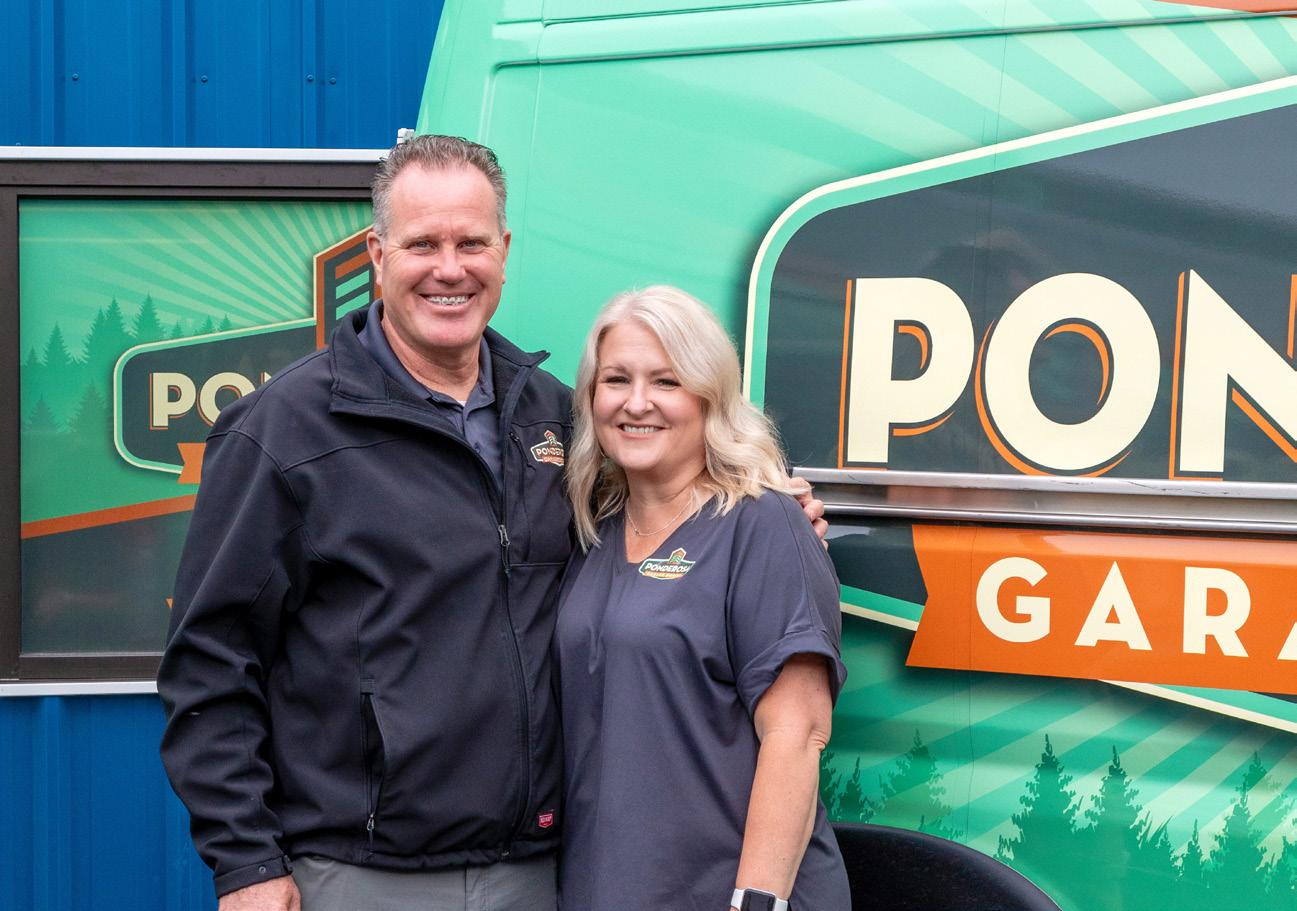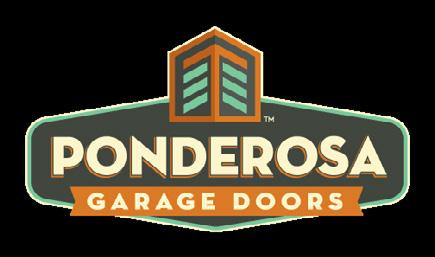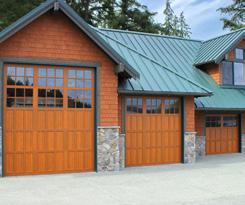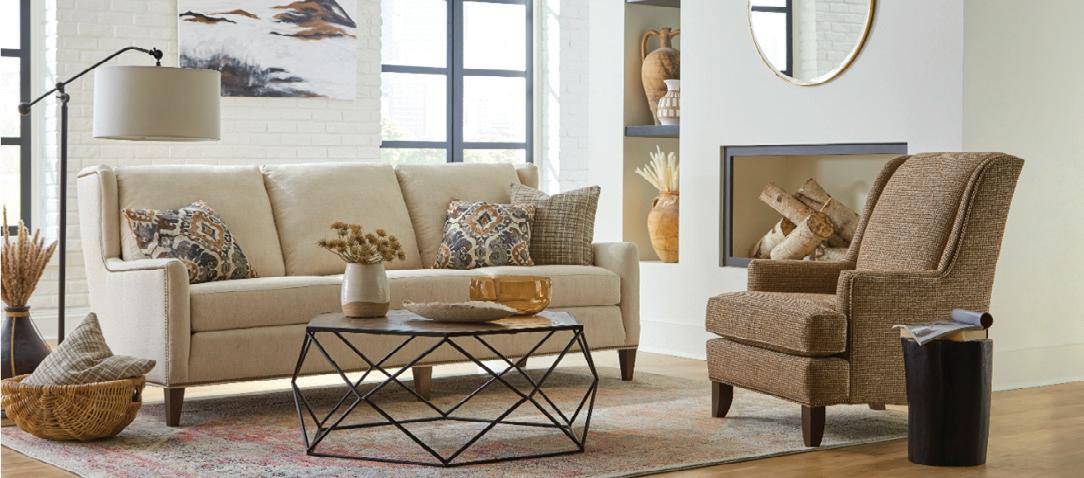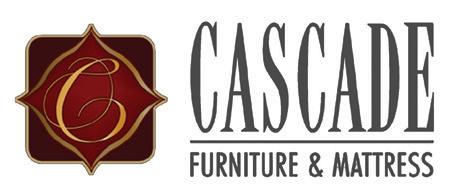


























































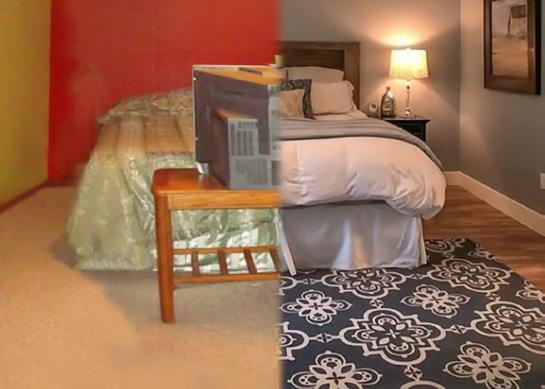 by Hayley Starkey
by Hayley Starkey
All of us have that list of home repairs we’ll get to when we get to. The leaky faucet, the gutters that flow like a waterfall every time it rains or the corner desk we ordered six months ago that’s still in pieces in the box it was shipped in. You’ve been slammed at work, busy with the kids, lack the know-how or would just rather read a book. No worries. I’m On It Handyman, your local small job specialist, is happy to step in and help you out. Real estate and home inspection repair services are also a specialty of I’m On It Handyman. Just give them the list and they’ll take care of any minor repairs including drywall, painting and other miscellaneous items.
Have a clogged drain? Torn window screen? Jobs like these can be tedious and time consuming for an average homeowner, but I’m On It Handyman will get right on it! A fully-vetted crew of only the most qualified and experienced professionals is standing by, ready to take on all those small tasks with skill and expertise. Many other professional outfits just won’t bother with the small stuff. I’m On It Handyman’s highest priority is you, the customer. They offer professional, skilled work at a fair price and are dedicated to getting the job done right the first time. They strive to meet each project’s requirements while saving their customers time and money.
I’m On It Handyman tackles larger jobs too. Many remodel projects can be handled by this team of experts as well. They do kitchen and bath remodels and pretty much any other interior/ exterior remodeling needed. If it’s windows, doors, or siding you’re looking for, I’m On It Handyman’s owner, Jordan Olin, is happy to help you out through his other company — EcoView Windows, Doors, and Siding.
“We communicate every step of the way,” Jordan says. Prompt service and excellent communication are standard practices for this business. Customers receive a full consultation to explain all available options, then choose the repair service that’s best suited for their home, business, or budget. “With small jobs we charge a flat rate,” Jordan explains. “We show up and get the job done.” For larger jobs estimates are free and include a detailed scope of the work to be done as well as a written report with a breakdown of cost and time estimates. Customers receive reminders of scheduled services via text or email and workers show up within the agreed timeframe. All work comes with a 100% Satisfaction Guarantee and complete documentation is provided for the customer, should they wish to submit an insurance claim.
I’m On It Handyman also provides countless other services such as furniture assembly. “We love building things,” they admit. Desks, shelving units, playground equipment, trampolines and more are all in their wheelhouse. Need a flatscreen mounted? No problem. How about cleaning out that dryer vent? Or ask about their Service Agreement that takes the hassle out of routine maintenance and includes a yearly home inspection at no extra charge. As Jordan says, “If you need local handyman services – I’m On It!”
Founded with a passion for helping people, Jordan started I’m On It Handyman about two years ago to meet all your repair and remodeling needs. A 3rd generation builder, Jordan has over 30 years of experience in the construction industry, including custom homes and remodeling. He grew up in Vancouver and runs his businesses locally. He’s just the ticket for one stop shopping; call I’m On It Handyman today.
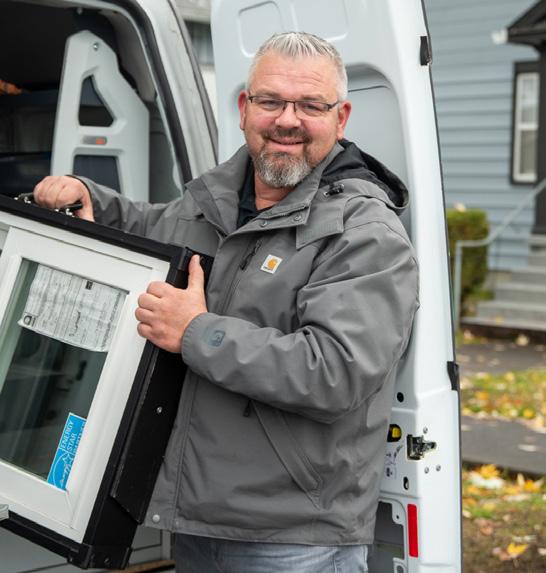

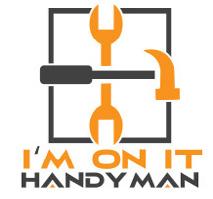








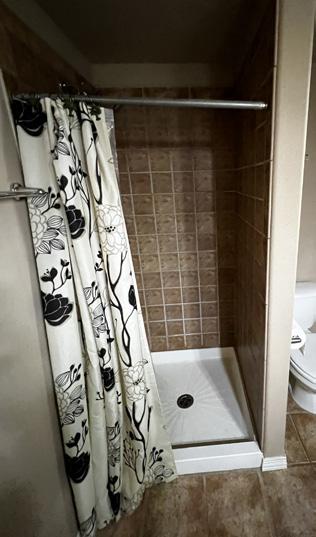
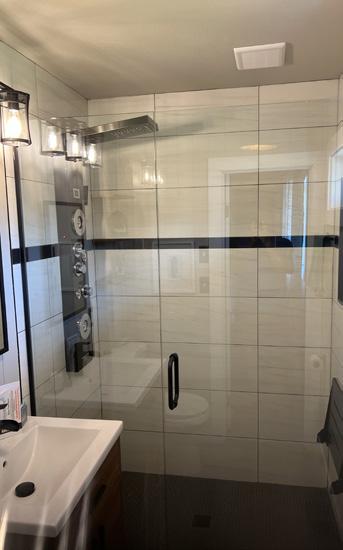
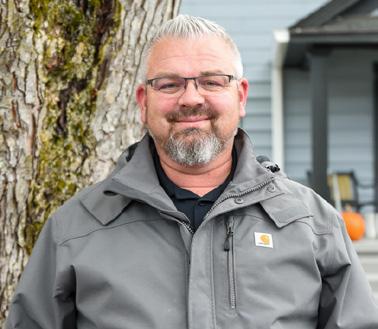

– Amit Ray










30 years of patio cover experience
By Dennis McNabb, Staff WriterMany of us living in the Pacific Northwest share a common passion: the love of the great outdoors!
Lush greenery, majestic mountains, crystalline rivers: the gorgeous views, even from some of our homes, are truly awe-inspiring. Now imagine having the ability to enjoy those views year-round, not from the confines of your stuffy living room, but from your beautifullydesigned, custom-built outdoor living space. Pioneer Patio Covers & Decks turns that dream into a reality!
With almost 30 years of experience and expertise in the industry, owners Robert and Jennifer Holbrook are quite simply the best in the business. It’s a point of pride, having both been born and raised in Vancouver, that they can stand behind their products and craftsmanship while servicing friends and neighbors. Their impeccable reputation in the industry has been hard won, and is a reflection of their absolute commitment and dedication to excellence.
Combining their strengths to form quite the dynamic duo, Jennifer comes from a business and marketing background while Robert grew up in construction. In fact, his father, Bob, co-owned and operated a local company, Spacemaster Construction, and that’s where Robert gained his passion for this kind of work. Robert went on to spend time in the Army
and as a practical nurse, but nothing provided the level of gratification he received from working outdoors with his hands. After purchasing their first new home, he built a deck, patio cover, and fence, and his neighbors were so impressed they hired him to do theirs. That planted the seed and word spread quickly.
Pioneer Patio Covers & Decks was born!
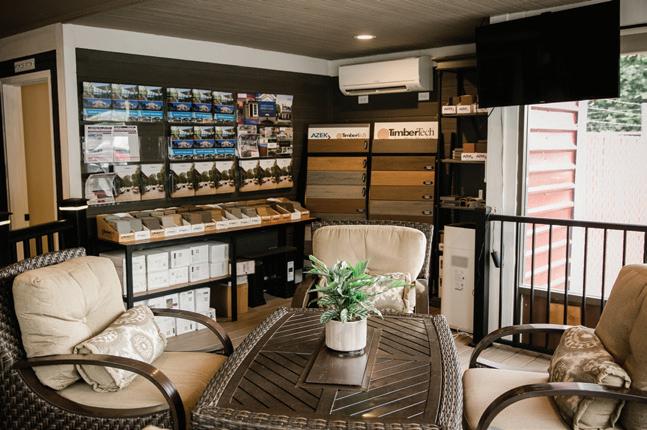
Now, all these years later, they couldn’t be happier with the business they’ve built. They can design and construct everything from the simplest of decks, to the most innovative, elaborate, and expansive deck and patio cover systems, transforming any outdoor space into a beautifully-integrated, comfortable, year-round sanctuary. These systems both match and enhance the look of your home, and add great value. In particular, their Acrylite Patio Covers are boasted as the only system available which keeps the weather out while still allowing the light to pass through.
Of course, no business can succeed without the support of a dedicated staff, and Robert and Jennifer are truly grateful for theirs. Their six craftsmen: Rikki, Charley, John, Patrick, Matt and Josh are the gears that keep the machine rolling. These guys have been with them for an average of 15 years each — a true rarity in this business, and Robert and Jennifer recognize they couldn’t do it without them.
Specializing in Acrylite Patio Cover Systems, custom patio covers and custom decks, they do the best work in town. Don’t go another season looking dejectedly out your living room windows! Call Pioneer Patio Covers & Decks today at 360-574-9085, and let them help you to create the outdoor living space you’ve always dreamed of!
Pioneer Patio Covers & Decks is located at 11318 NE Highway 99 in Vancouver. Give them a ring at 360-5749085, or visit their website at pioneerpatiocovers.com.
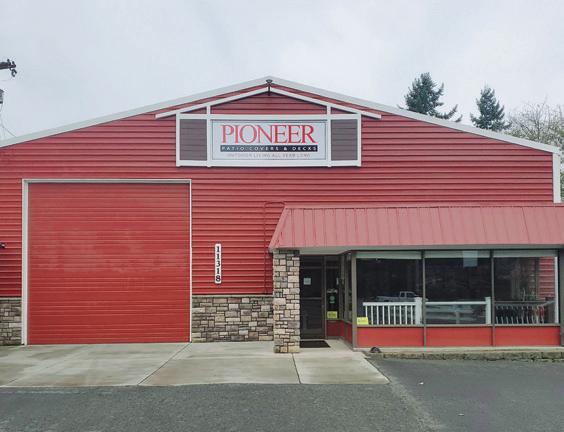

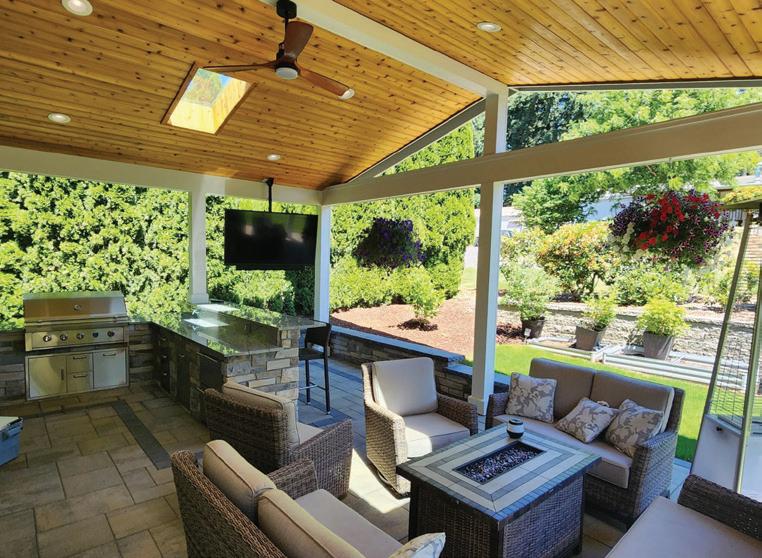
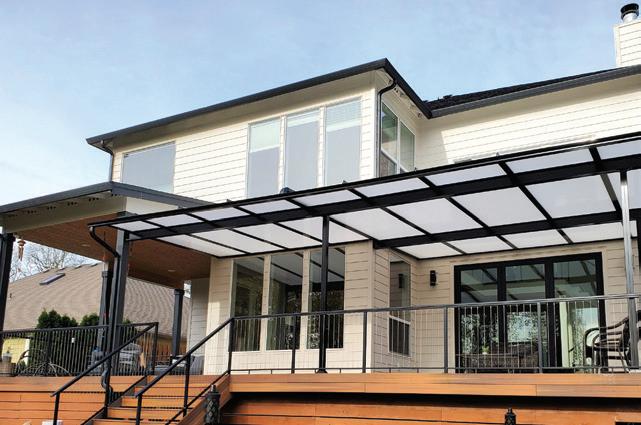

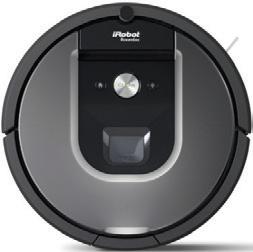
While the word “housekeeping” may evoke a variety of images in your mind, it’s likely that a vacuum cleaner featured prominently in many of them. So ubiquitous has the vacuum cleaner become in our everyday lives that it’s hard to imagine life without it. Have you ever wondered, however, where this labor-saving machine originated? Who invented it? And how did it develop in the first place?
The first mechanical device for cleaning floors was the “carpet sweeper” which was invented by Daniel Hess in 1860. This early carpet sweeper had a rotating brush and bellows to create suction. In the footsteps of Hess came Ives W. McGaffe, whose 1869 “Whirlwind” featured a belt-driven, handpowered fan. Toward the end of the 19th century, in 1898, John S. Thurman invented a gasoline-powered cleaner so large and cumbersome that it had to be drawn by a horse, and instead of generating a vacuum, it blew out air like a gigantic blower.
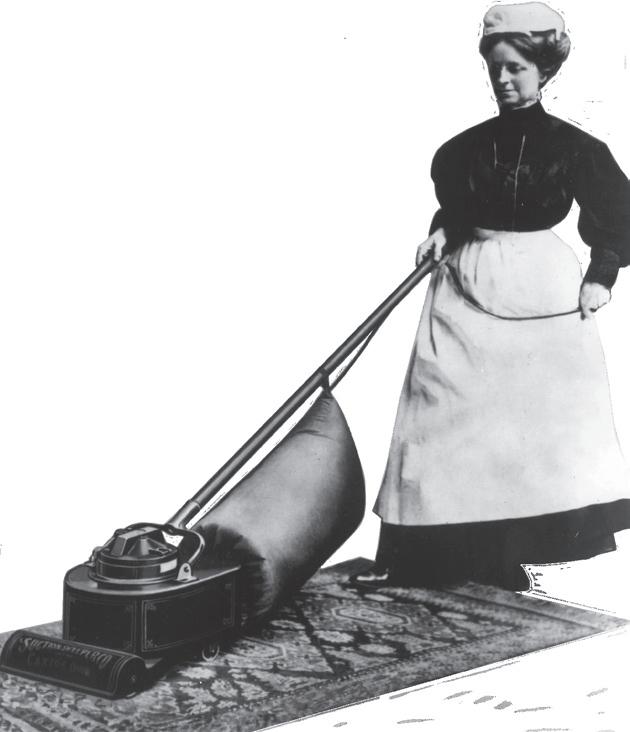
The first vacuum cleaner that operated on the same principles as our contemporary units was constructed by Hubert Cecil Booth of England in 1901. Booth was inspired by a demonstration he attended in London featuring one of Thurman’s machines. As an experiment, Booth placed a handkerchief on the seat of a restaurant chair, placed his mouth to the handkerchief, and sucked hard, drawing air in. When he observed the quantity of dust collected on the handkerchief, he knew his idea had merit. Booth’s original vacuum cleaner ran on an internal combustion engine which powered a piston pump that sucked air through a cloth filter. The entire machine was horse-drawn, and earned the name “Puffing Billy” by the locals. Due to its large size, bringing it indoors was problematic. Puffing Billy operated by inserting its tubes through the windows. Booth’s subsequent model was powered by electricity, but unfortunately, was still too large for individual homeowners and ended up being utilized primarily by cleaning services or installed in the buildings themselves.
The first portable cleaning machine that featured a vacuum was designed by Walter Griffiths in 1905. It employed bellows to suck up dirt and dust via a flexible pipe. Shortly after
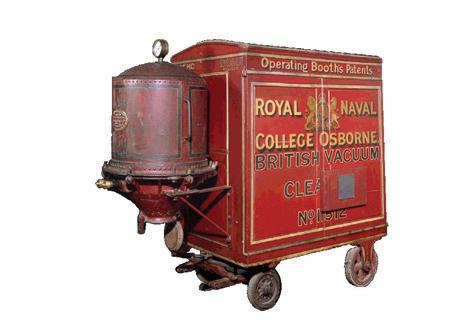
Griffiths’ machine hit the market, James B. Kirby invented a vacuum machine in 1906 named the “Domestic Cyclone” which incorporated water for dirt separation in lieu of a filter. The first motorized portable vacuum cleaner was developed by James Murray Spangler, a janitor from Canton, Ohio. Spangler’s 1907 machine featured a rotating brush, electric fan, and an innovative box and bag for dust collection. Lacking the funds to mass-produce his invention, Spangler sold the patent to William Henry Hoover in 1908. Hoover reengineered the vacuum cleaner by housing it in a steel box and designing custom attachments for the hose. With the addition of disposal filter bags, Hoover introduced the first upright vacuum cleaner in 1926. Although the vacuum cleaner was a luxury item at first — initially affordable primarily to the wealthy — following the Second World War and the economic boom of the postwar years, the middle classes could finally afford it, whereby it gradually became a household staple. Today, there are numerous types of vacuum cleaners, many designed for specific applications. While the traditional upright vacuum cleaner is still popular, certain models are available with cyclonic filtration which collects dust through cyclonic separation. Cyclonic
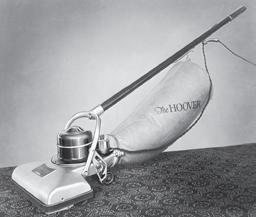
mounted on rollers or wheels), which is connected to the vacuum head by a flexible hose. The main advantage to this type of system is flexibility, as the operator can attach different types of heads for various tasks. Also, the hose provides access to hard-to-reach places that an upright model can’t access. For small jobs, lightweight hand-held models powered by rechargeable battery and/or power cords are also commonplace these days.
Another innovation in vacuum cleaner technology is wet/dry models. Wet/dry vacuum cleaners can be used to suck up not only dry debris, but liquids as well. Many models feature an exhaust port that can become a blower by reversing the airflow. Related to the wet/dry vacuum cleaner are the hot water extraction models which can be used to clean fabric materials such as upholstery and carpet.

Last but not least are robotic vacuum cleaners which appeared in the late 1990s and early 2000s. These models move autonomously while collecting dust and debris into a dustbin. The robotic units can typically navigate around furniture and return to a docking station to charge their batteries. Certain models are even able to empty their own dust containers into the dock as well. In December
2009, Neato Robotics introduced the world’s first robotic vacuum cleaner which incorporated a rotating laserbased range-finder (a form of lidar) to scan and map its surroundings. This advanced mapping system empowers the robotic unit to clean the floor methodically, even if the robot must return to its base multiple times for recharging. In many instances it will notice when a previously inaccessible area becomes accessible—such as when a dog or cat wakes from a nap—and return to vacuum that area.
As you can see, we’ve come a long way from gigantic horse-drawn vacuums to autonomously operating robotic cleaners that employ laser technology. The next time you’re toiling away tidying up your house, consider how much more laborious your task would be without the trusty old vacuum cleaner.

